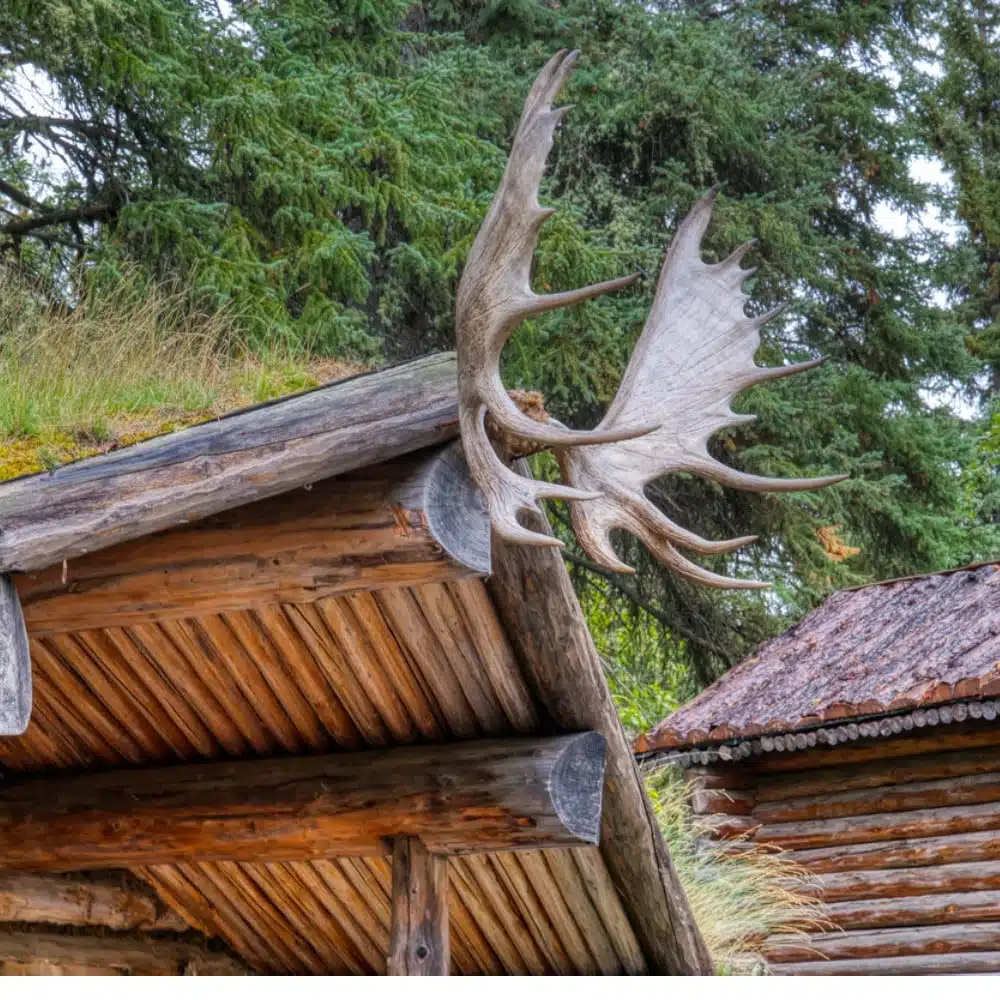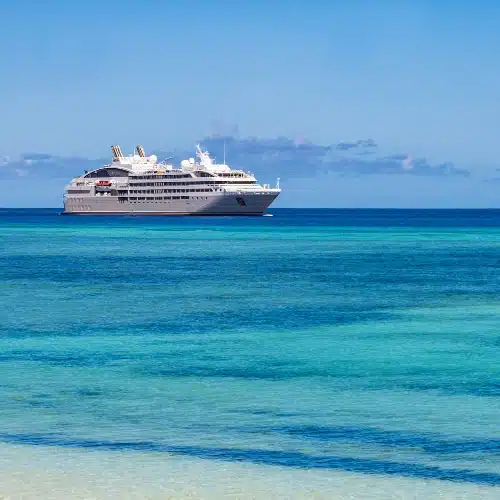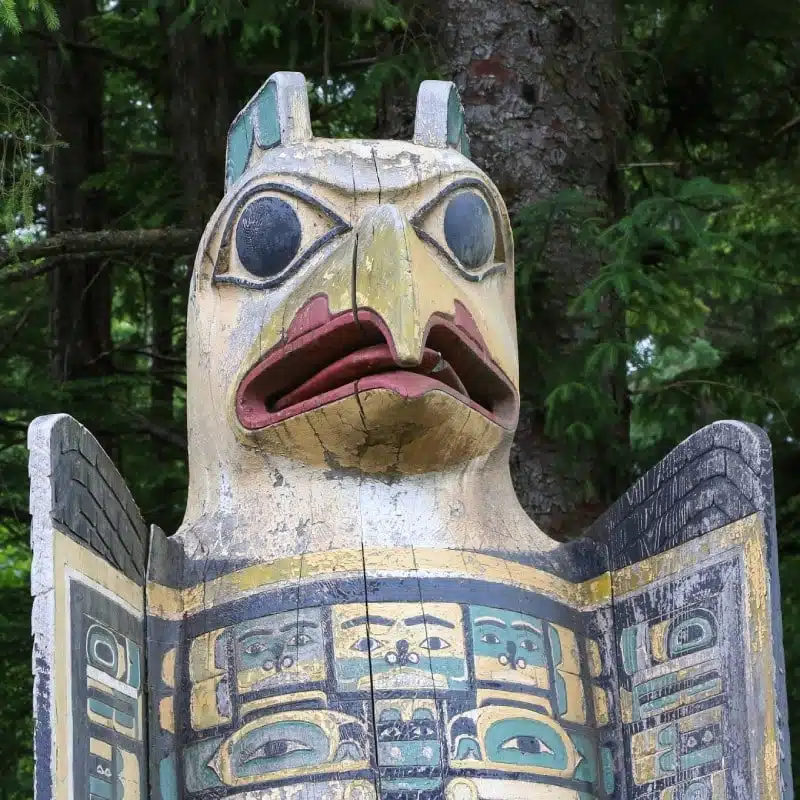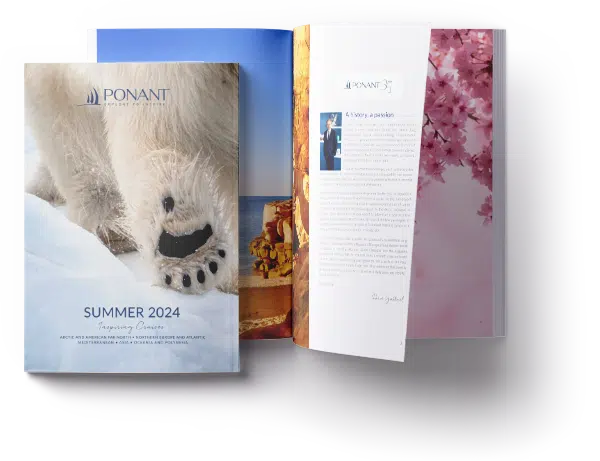Encounters with the people of Alaska
Alaska sits just north-west of Canada and is the largest state in the US. There, some 110,000 Native American people serve as guardians of a land at the edge of the Earth, proudly and vivaciously perpetuating their ancestors’ traditional way of life and defying both the elements and modern society.
A land where time has stood still
Although it is now the United States’ “final frontier”, Alaska was once “Russian America”, having been discovered in 1741 by a certain Vitus Béring, a Danish explorer working for the Tsar. For several millennia previous to that, however, it was first and foremost the “Great Land” of the indigenous peoples. “Great Land” (or “continent”) is the English translation of the Aleut word Alaxsxa. This ancestral language was first spoken nearly 5,000 years ago by hunter-gatherers in the coastal regions of Kamchatka and the Aleutian Islands. In addition to the Aleut, the native peoples included the Inuit (among whom numbered the Iñupiat or Eskimo and Yupik), the Eyak, Tlingit, Haida, Tsimshian and Northern Athabaskan. They were all the first inhabitants of Alaska, an immense wilderness lined with tundra and forests, mountains and glaciers.
From the Inupiat Inuit in the small towns of Nome or Barrow to the Aleut of Anchorage and Dutch Harbour, the Sitka Tlingit of Baranof Island, the Savoonga Yupik of St. Lawrence Island and the Metlakatla Tsimshian of Annette Island, the native peoples of Alaska are very much still there, each of them with their own culture and way of life. They care deeply for the land that sustains them and they are fighting for their legacy to continue generation after generation. With this in mind, since 2016 Barrow has been known as Utqiagvik, this northernmost town in Alaska having chosen to reclaim its original Inupiat name. Very far away (some 2000 km further south in fact), in Sitka National Historical Park, superb colourful totem poles – monumental carvings made of red cedar – stand witness to the history of the Tlingit people. This story is also painted on the walls along the streets of Petersburg, a town which was once a fishing camp for the Tlingit tribe from the small village of Kake. As for the small Native American locality called Metlakatla on Annette Island, it remains a refuge for the Tsimshian community that shares its culture with visitors, including crafts, dances and sculptures.

Hunting, trapping and fishing
Similarly, in St. Lawrence Island’s Yupik village of Savoonga, in the middle of the Bering Strait, the lives of the descendants of Alaska’s first peoples continue to move with the rhythm of the seasons. This means picking fruit and berries in spring, fishing in summer, hunting in autumn and trapping in winter. To be sure, snowmobiles and small motor boats have generally replaced dog sledding and kayaking (kayaks being the ancestral “skin boat” of Alaskan hunters and fishermen), but nature remains the main resource in these Native American people’s subsistence economy. Accordingly, they continue to go on expeditions along the banks of rivers or the sea and to the heart of the tundra, picking plants and berries, fishing for crab or salmon, hunting seals or whales (although only as far as the law permits), caribou or moose, but never forgetting to thank Mother Nature.

Although they are dedicated to preserving their ancestors’ legacy, these peoples certainly aren’t living on another planet. On the contrary, they are very aware of the challenges facing their way of life, so they keep their feet firmly on the ground – their ancestral ground. “If we don’t adapt, we can’t live here.” That is the kind of home truth you might hear during your holiday in Alaska. This too is part of the local legacy. For centuries, Native American peoples have learned to live in harmony with their environment so that they can handle a sometimes hostile but ever-present, beautiful and powerful natural world. The ability to adapt is an essential condition for anyone living in this region on the far side of the world. Furthermore, the Alaskan people are now embracing the opportunity to link up with scientists, with whom they share their local and traditional knowledge. Their collaborative efforts are proving invaluable.

Speaking up: a way of passing on knowledge and keeping a culture alive
Alaska has nearly twenty native languages, many of which are now considered dead or dying. But the peoples of America’s “final frontier” are once again showing an incredible resilience when it comes to preserving and reviving the dialects that are some of the last bastions for their great cultural diversity. In Anchorage, a school has taken action to save Unangax, the Aleut language which gave their ancestors’ land its name. Eyak is an even more amazing example, as this southern Alaskan idiom was declared defunct following the death of its last speaker in 2008. Against all the odds, Eyak is back! We have the persistence of an American linguist and a young Frenchman, of all people, to thank for this. The latter was anxious not to see the language die, so he decided to teach himself it and pass it on to the descendants of the Eyak people. This has helped save the language from oblivion and the Eyak to reconnect with their history.
Strength, warmth, ingenuity, resilience and generosity: the Native American peoples of Alaska, utterly resolute in their determination to keep their ancestors’ history going, are fighting on all fronts and adapting to protect their way of life and traditions. This collective daily struggle comes with an incredible life lesson in humility.
Photos credits: ©StudioPONANT; ©iStock

PONANT takes you there
Discover the world’s most unexplored shores



